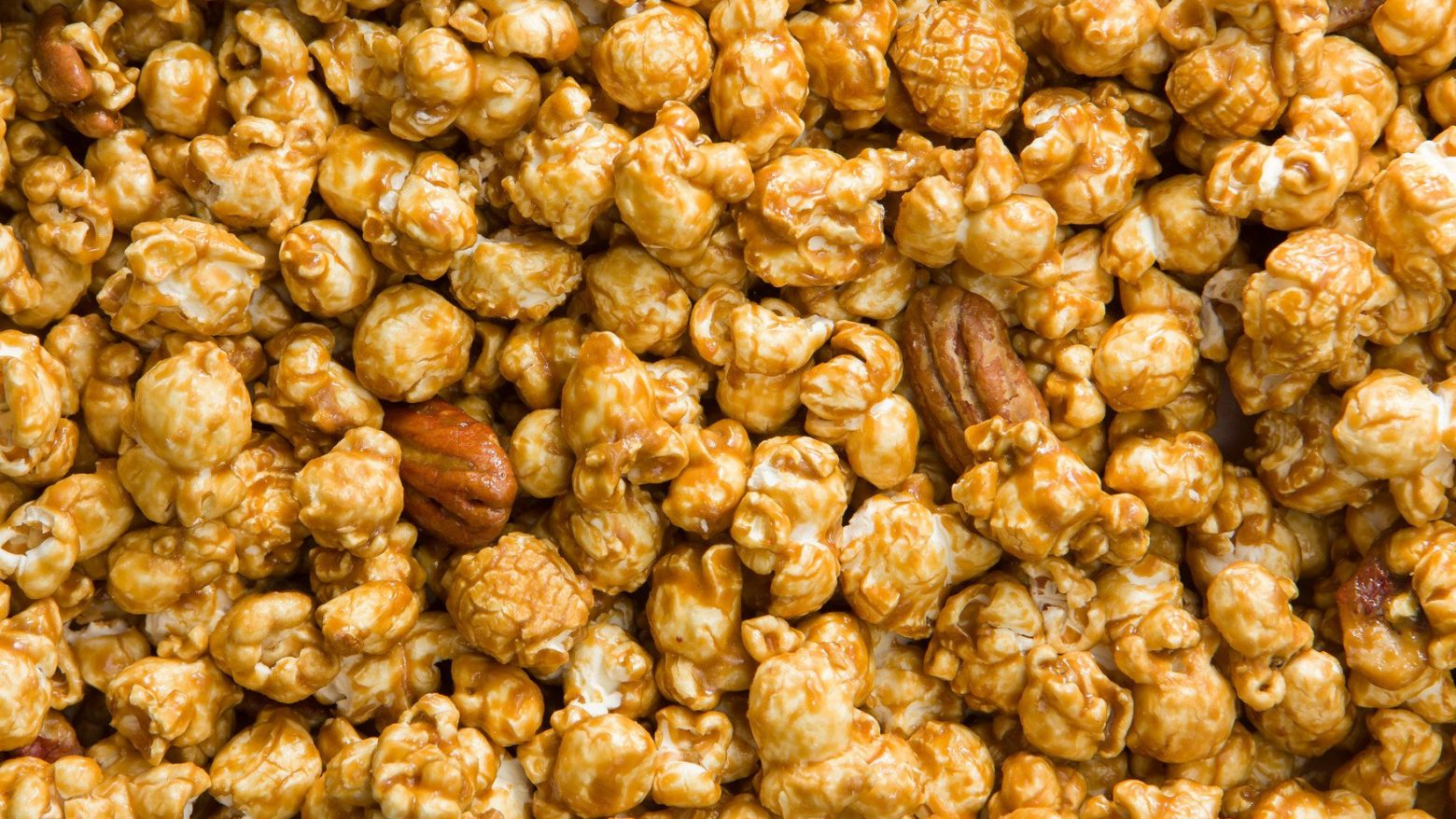Popping results are sensitive to the rate at which the kernels are heated. If heated too quickly, the steam in the outer layers of the kernel can reach high pressures and rupture the hull before the starch in the center of the kernel can fully gelatinize, leading to partially popped kernels with hard centers. Heating too slowly leads to entirely unpopped kernels: the tip of the kernel, where it attached to the cob, is not entirely moisture-proof, and when heated slowly, the steam can leak out of the tip fast enough to keep the pressure from rising sufficiently to break the hull and cause the pop.
Producers and sellers of popcorn consider two major factors in evaluating the quality of popcorn: what percentage of the kernels will pop, and how much each popped kernel expands. Expansion is an important factor to both the consumer and vendor. For the consumer, larger pieces of popcorn tend to be more tender and are associated with higher quality. For the grower, distributor and vendor, expansion is closely correlated with profit: vendors such as theaters buy popcorn by weight and sell it by volume. For these reasons, higher-expansion popcorn fetches a higher profit per unit weight.
Popcorn will pop when freshly harvested, but not well; its high moisture content leads to poor expansion and chewy pieces of popcorn. Kernels with a high moisture content are also susceptible to mold when stored. For these reasons, popcorn growers and distributors dry the kernels until they reach the moisture level at which they expand the most. This differs by variety and conditions, but is generally in the range of 14–15% moisture by weight. If the kernels are over-dried, the expansion rate will suffer and the percentage of kernels that pop will decline.
When the popcorn has finished popping, sometimes unpopped kernels remain. Known in the popcorn industry as “old maids”, these kernels fail to pop because they do not have enough moisture to create enough steam for an explosion. Re-hydrating prior to popping usually results in eliminating the unpopped kernels.
Popcorn varieties are broadly categorized by the shape of the kernels, the color of the kernels, or the shape of the popped corn. While the kernels may come in a variety of colors, the popped corn is always off-yellow or white as it is only the hull (or pericarp) that is colored. “Rice” type popcorn have a long kernel pointed at both ends; “pearl” type kernels are rounded at the top. Commercial popcorn production has moved mostly to pearl types. Historically, pearl popcorn were usually yellow and rice popcorn usually white. Today both shapes are available in both colors, as well as others including black, red, mauve, purple, and variegated. Mauve and purple popcorn usually have smaller and nutty kernels. Commercial production is dominated by white and yellow.
